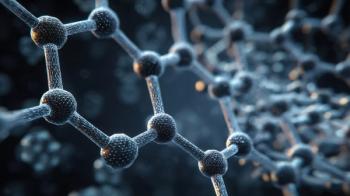
- February 2024
- Volume 20
- Issue 2
- Pages: 8
LCGC International Expands News Coverage
You may have noticed over the past year the LCGC International editorial team has been writing more news.
You may have noticed over the past year the LCGC International editorial team has been writing more news on
Scientists, particularly in academia, are facing immense pressure to publish their work. In 2016, about 1.92 million papers were indexed by Scopus and the Web of Science, according to data from Science. In 2022, that number grew to 2.82 million.
All of this has contributed to an increased demand for news coverage. Our goal is to parse through the noise and identify only the most relevant research.
How exactly are we doing this? Our staff editors are constantly reviewing the latest research, media releases, and journal articles. We’re talking to scientists and engineers, executives, and business leaders. We also have an incredibly dedicated Editorial Advisory Board and a team of phenomenal columnists.
Send an email to Caroline Hroncich, Associate Editorial Director of LCGC International at
Articles in this issue
almost 2 years ago
Analysis of Accutrace Plus Marker in Fuels with GC–MSalmost 2 years ago
Calibrating the Low Molar Mass Range in GPC/SEC Using Oligomer Peaksalmost 2 years ago
Event Preview: HTC-18almost 2 years ago
Knauer Founder, Herbert Knauer, Dies at 92almost 2 years ago
TD-GC×GC–TOF-MS Identifies VOCs in Skin as Tuberculosis Biomarkersalmost 2 years ago
Cal State and Leco Launch Chemical Analysis Laboratoryalmost 2 years ago
Vol 20 No 2 The Column February 2024 North America PDFalmost 2 years ago
Vol 20 No 2 The Column February 2024 Europe PDFNewsletter
Join the global community of analytical scientists who trust LCGC for insights on the latest techniques, trends, and expert solutions in chromatography.




